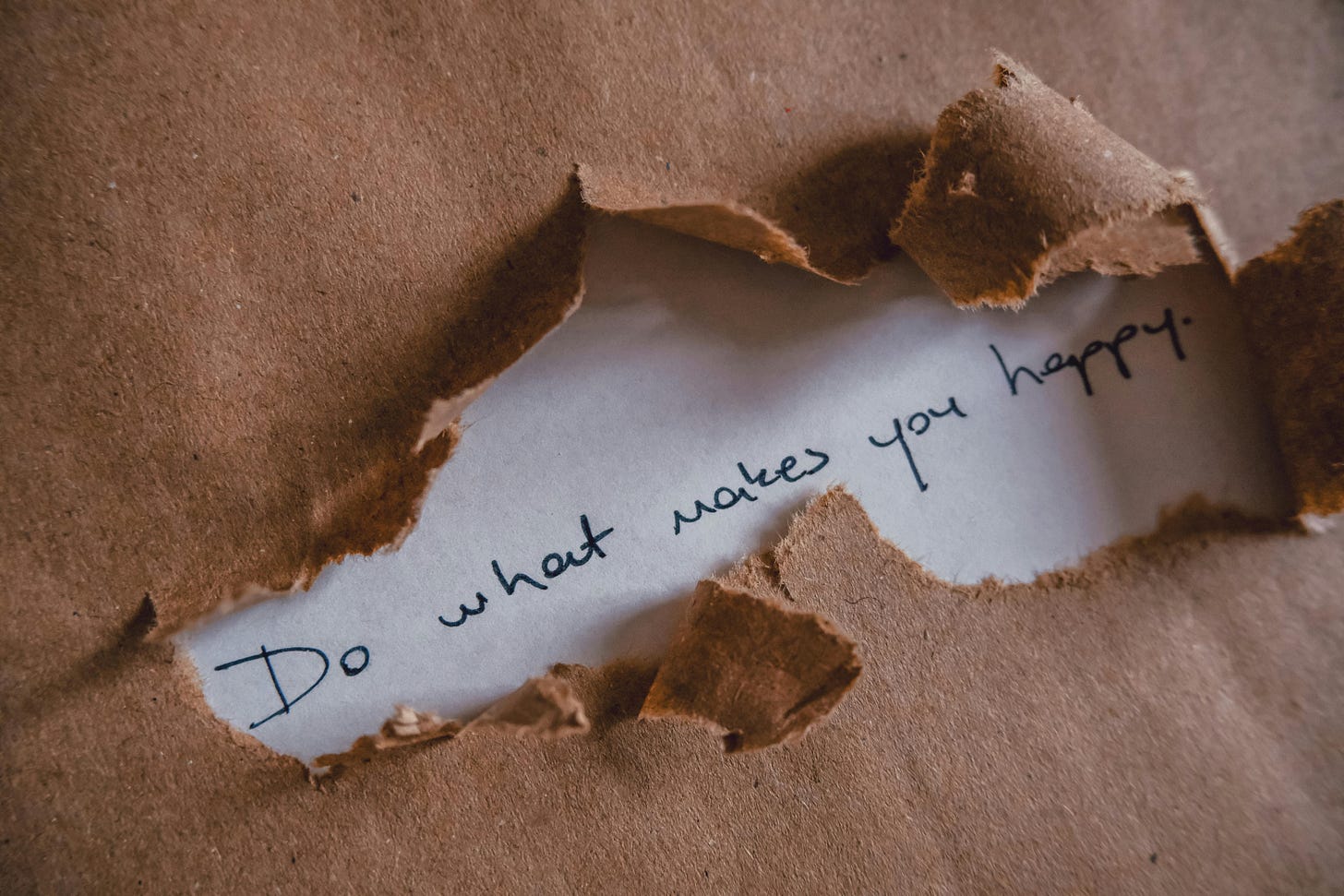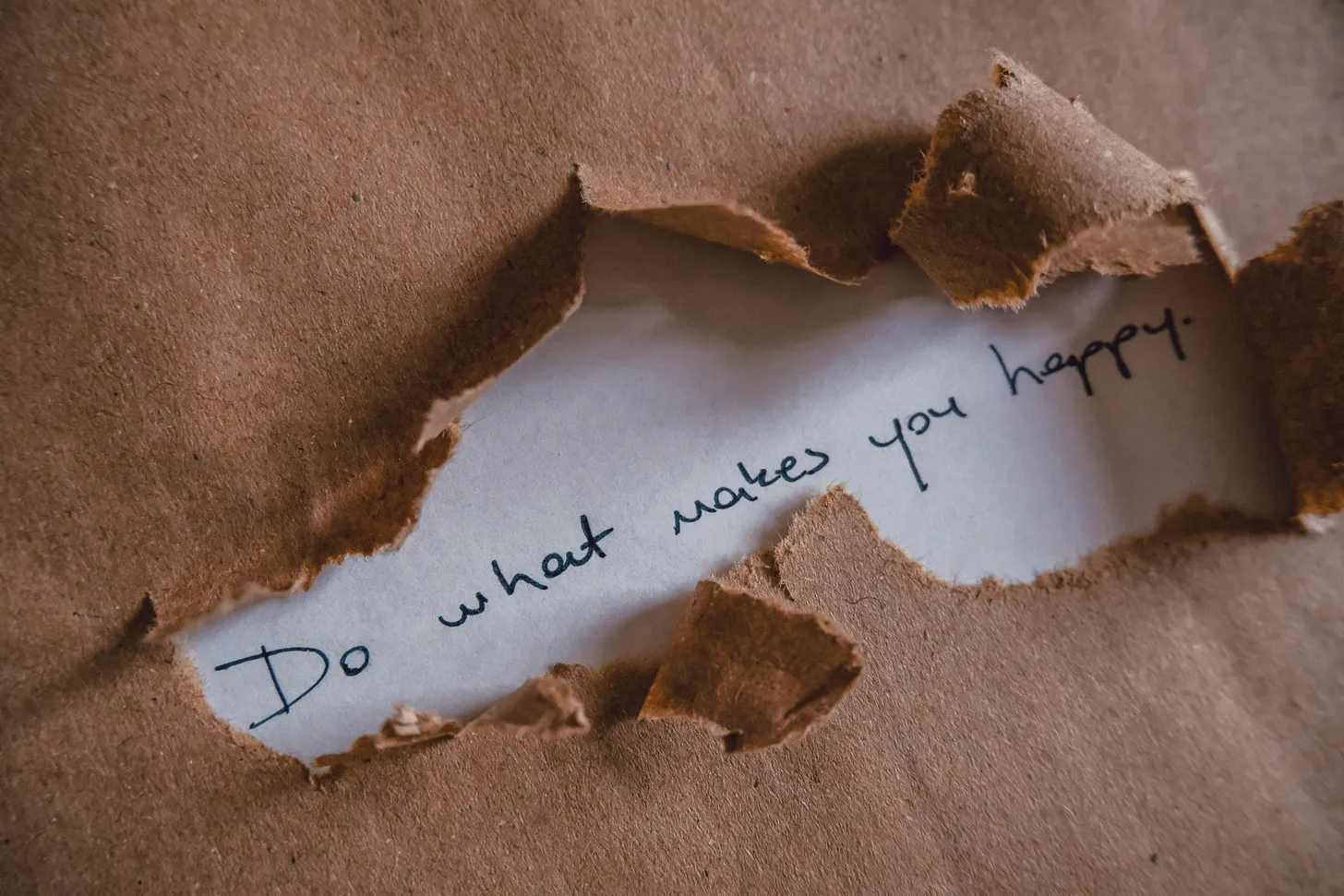Most of today’s discussion concerns what’s broken—at work, in our mental health, and the world.
There’s an entire industry built around trauma, focusing on how burnt out, stressed, overlooked, and disrespected we feel in our workplaces and daily lives. These are real, vital issues. But for a long time, I’ve been asking:
What if we also looked at what’s working?
This week’s What’s Next flips the script—from only looking outward at problems to looking inward at how we think, treat ourselves, and see the world.
This question bubbled up for me this morning when I saw that The New York Times is hosting a Well Festival focused on maximizing happiness. They’re talking with experts like Dr. Robert Waldinger from Harvard, who’s spent decades researching happiness, and Charlamagne tha God, who’s sharing his journey with mental health and tackling stigma in Black communities.
It made me think about my work. I’ve approached clinical therapy and business coaching from a strength-based perspective for years. While I always honor the real challenges people face—whether it’s a toxic boss or social anxiety—I’ve never been the psychologist who wants to spend every session unpacking the worst moments. Not because they don’t matter, but because I’ve always believed we’re more than what hurts us.
And honestly? Many people looking for leadership coaching, healthier workplaces, or better mental health can achieve that by acknowledging what’s wrong while focusing on building what’s right.
Should Trauma Be the Center of the Story?
We all experience trauma — the loss of a loved one, a toxic boss, getting fired without warning. These experiences matter.
But somewhere along the way, we’ve made pain the main character.
In therapy, we focus on healing wounds (which is critical). In workplaces, we focus on managing overload and fixing dysfunction.
But do we benefit from spending so much time focusing on what’s broken? Many people I work with tell me:
- “I want to feel excited again.”
- “I want more joy in my life.”
- “I want to get back to what makes me feel alive.”
Most of us want the same things: to feel happier, have more agency, and drive our agenda.
As Japanese novelist Haruki Murakami put it:
“Pain is inevitable. Suffering is optional.”
And I wonder if we move away from even the suffering, what happens?
A study by Michelle Craske (UCLA) and Alicia Meuret (SMU), published in the Journal of Consulting and Clinical Psychology, found that therapy focused on building positive emotions led to better outcomes than therapy focused only on reducing negative emotions. People didn’t just feel less anxious or depressed—they felt more motivated, engaged, and able to enjoy life again.
It’s a powerful reminder: healing isn’t just about lowering pain but growing joy.
I’ve always seen coaching and counseling as places to rebuild hope, confidence, excitement, and purpose. Most people respond to that, not because we ignore pain, but because we don’t make it the headlines daily.

It’s the Workplace, Too
I see the same dynamic in organizations.
We’ve spent years rolling out programs to fix what’s wrong: stress management, harassment prevention, bias training, and fixing toxic management. These are all essential and worthy efforts.
But that also means we have to ask how to bring more joy and even happiness to work.
Leaders tell me:
“Yes, I may be burnt out because of the workload, but of greater concern is that I feel like I’ve lost the spark.”
Employees tell me:
“I don’t mind the workload, I’d just like my work appreciated.”
We’ve built workplaces focused on minimizing harm, but not enough on creating energy, pride, connection, and meaning.
No wonder so many people feel drained. We’ve left joy off the agenda.
The next evolution in leadership and workplace culture isn’t just about fixing pain points. It’s about creating space for people to feel good again — to enjoy their work, celebrate small wins, and feel connected to something bigger.
What’s Next: Building Our Capacity for Happiness
When working with individuals or organizations, I always think: What will improve this work?
- What’s already working?
- How do we allow pain but not stay stuck in it?
- What are our criteria for success, and more: joy, happiness, contentment?
- Where’s the next spark of excitement?
- How do we help people grow stronger?
- How do we see opportunities for what’s good, even during challenges?
- How do we build sustainability and resilience?
Whether it’s therapy or leadership, we can’t just be in the business of fixing problems. We need to be in the business of creating success, building strength, and fostering joy.
If you’re curious how this strength-based approach could help you or your organization, let’s start a conversation. Message me below.
